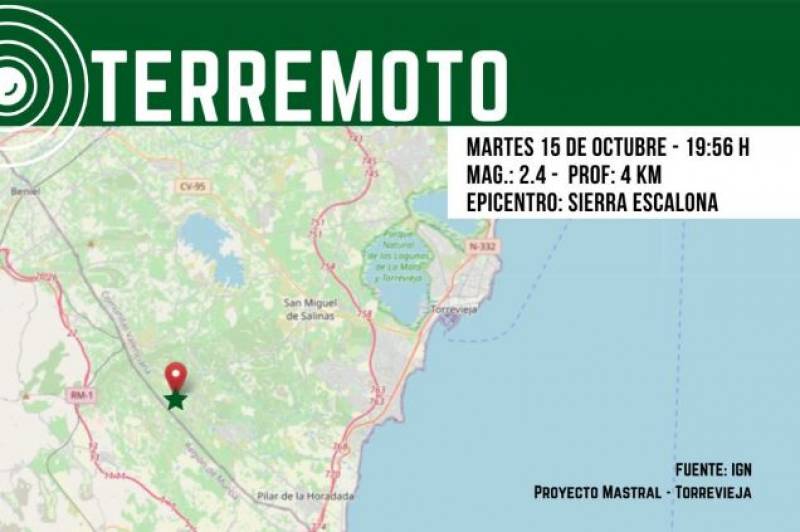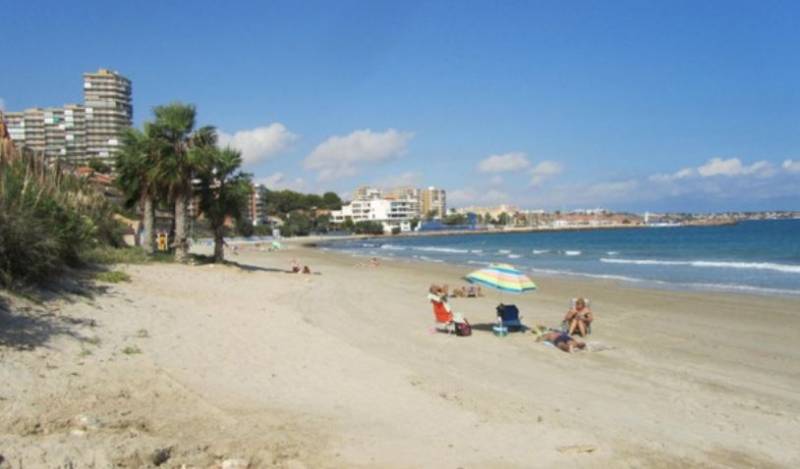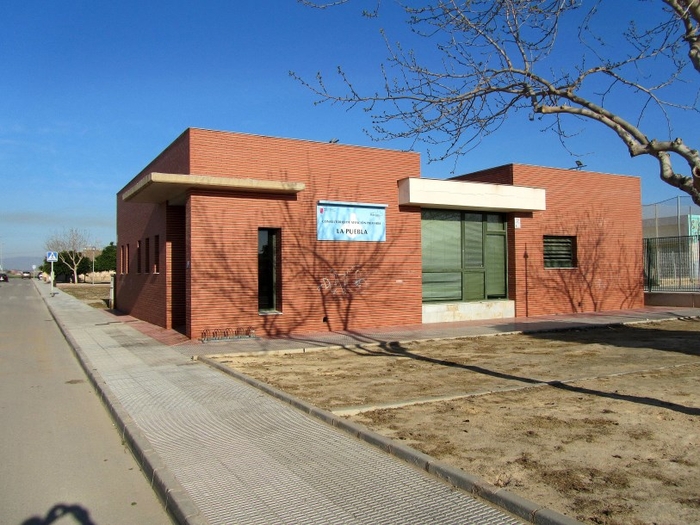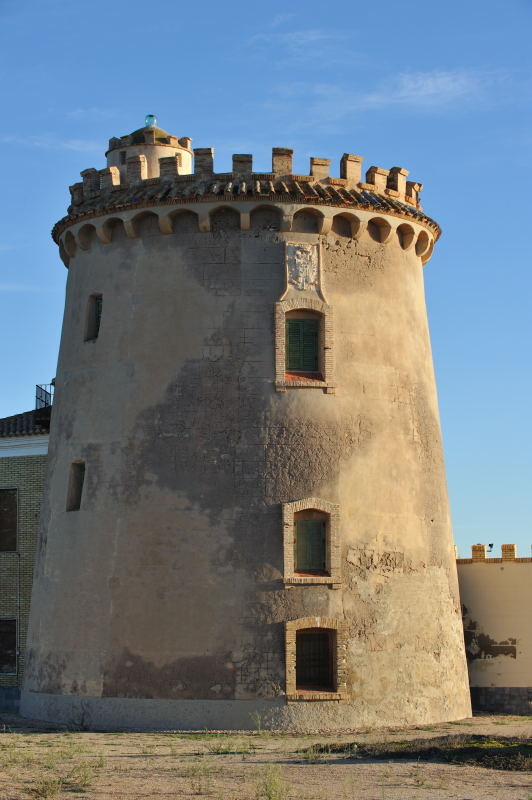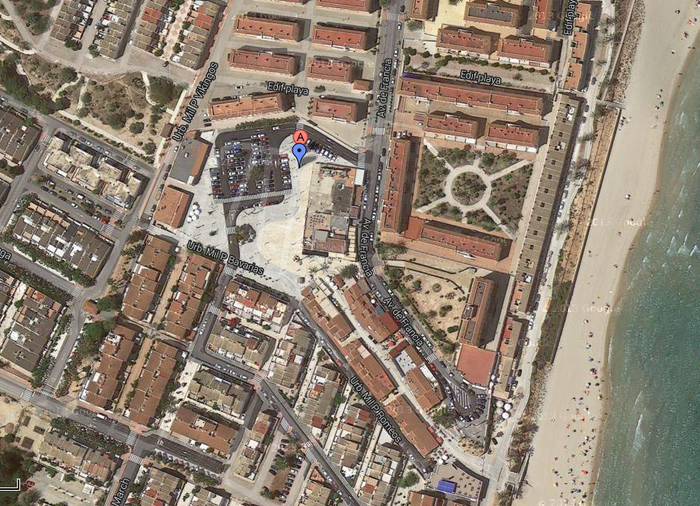- Region
- Vega baja
- Marina Alta
- Marina Baixa
- Alicante
- Baix Vinalopo
- Alto & Mitja Vinalopo
-
ALL TOWNS
- ALICANTE TOWNS
- Albatera
- Alfaz Del Pi
- Alicante City
- Alcoy
- Almoradi
- Benitatxell
- Bigastro
- Benferri
- Benidorm
- Calosa de Segura
- Calpe
- Catral
- Costa Blanca
- Cox
- Daya Vieja
- Denia
- Elche
- Elda
- Granja de Rocamora
- Guardamar del Segura
- Jacarilla
- Los Montesinos
- Orihuela
- Pedreguer
- Pilar de Horadada
- Playa Flamenca
- Quesada
- Rafal
- Redovan
- Rojales
- San Isidro
- Torrevieja
- Comunidad Valenciana


- EDITIONS:
 Spanish News Today
Spanish News Today
 Murcia Today
Murcia Today
 Andalucia Today
Andalucia Today
article_detail
Plants to be aware of if you are prone to allergies and hay fever
Spanish gardening problems, Olives and conifers have surprisingly high pollen counts
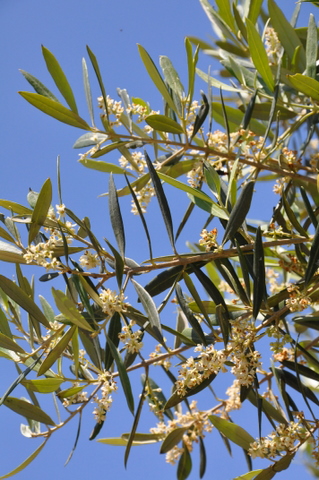
The southern regions and provinces of Spain have particularly high pollen counts, and the highest allergy rates in Spain, and Murcia tops the league table in the number of allergy sufferers it has due to the dry climate plants which grow here and the constant all year round heat.
As a result of the number of allergies in the area, Murcia does have particularly good allergy departments in the regional hospitals, so if you are suffering, go to your local GP and talk about the problem, as preventative measures can be put in place to help sufferers and medication administered to help combat the problem.
It's also well worth reading the basic advice given by the regional aurthorities if you are prone to allergies, simple measures such as not hanging sheets on the line during olive flowering periods really can make a difference to extreme sufferers.
The list below relates to plants in the coastal area of Murcia, around Cartagena in particular, but many of the plants listed below grow extensively in the north of the region as well.
Olives
Although an essential part of any Mediterranean environment, the tiny, almost invisible flowers on olives have a particularly potent pollen count which causes a lot of problems for allergy sufferers, and is something that many ex-pats will not be aware of when planting gardens in Spain, so if you do suffer from allergies, avoid olives, they're one of the worst plants to have around the house if you do have a bad allergy problem.
Ragweed
During October, November and part of December when the winter rains fall, members of the Ragweed family, which is a large family of 180 genus of herbaceous plants and shrubs have a strong presence, a single ragweed plant having the capability to produce a billion grains of pollen per season and grains able to travel more than 400km on the wind. The common ragweed found in the region has a yellow daisy-like flower and is prolific on dry scrubland.
Cyprus trees
In December the Cupressaceae ( cypress and cedar trees) come into flower, and remain one of the main cause of hayfever and allergies throughout January and February. There are many of these in the region as it is the most common form of hedging here, although many may not realise that the plants are actually in flower as the "flowers" are not instantly recognisable as such, appearing as a lighter coloured growth on the end of the branches
Cereal crops.
In March and April grass pollens are the main culprits, cereal crops falling into this category, widely grown on the plains of the Altiplano in the north of the region, followed in May and June by the worst culprits, olive trees.
Again, many are unaware that the olive trees are in flower, as the actual blossom is tiny and barely noticeable, but emits powerful concentrations of pollen, causing a great deal of problems for many people
PREVENTATIVE MEASURES
Anyone who is prone to hay fever, asthma or allergies is advised to be prepared, and the following preventative advice is offered:
Keep windows closed at all times during times of concentration to prevent pollen from drifting into your home.
Use air conditioning, which cleans, cools and dries the air.
Minimize outdoor activity when pollen counts are high. Peak pollen times are usually between 10.00 and 16.00.
Keep your car windows closed when traveling.
Take a shower after spending time outside - pollen can collect on your hair and skin.
Don't hang sheets or clothing outside to dry during peak pollen seasons, as pollens can collect on them.
Minimize exposure to other known allergens during peak seasons, since symptoms are the result of a cumulative effect of multiple allergens and non-allergic triggers.
Get up-to-date pollen information about your area.
Contact Murcia Today: Editorial 000 000 000 /
Office 000 000 000






